
-
Shopify
+1
Klaviyo Vol 5: Solving Localised Double Opt-In at Scale
Klaviyo Vol 5: Solving Localised Double Opt-In at Scale
Shopify Editions Winter ’25


Remember how so many stage speakers at the NXT:C Summit 2024 emphasized the same theme? Simplification. Focus. The need for streamlined solutions that cut through clutter and help brands grow. It’s clear: merchants want fewer tools adding complexity and more systems that make growth simpler, not harder.
Well, it seems Shopify is listening. They’ve just dropped their latest Shopify Editions, and this one is called “The Boring Edition.” But don’t let the name fool you. It’s all about refinement—making the tools you already rely on work smarter, faster, and more seamlessly.
Why? Because the industry is craving simplicity and efficiency. Shopify is responding by doubling down on the essentials, giving merchants the stability they need to focus on the big stuff.
In this article, we’ll explore how this “Boring” Edition tackles the real challenges European merchants face every day. Proof that sometimes, boring is exactly what gets the job done.
The issue:
European customers expect to see clear, all-inclusive pricing upfront. Surprise costs like duties and taxes appearing at checkout can erode trust, leading to abandoned carts. This is especially critical in regions like the EU, where transparency in pricing is often both expected and legally required.
The update:
The issue:
Europe’s ecommerce landscape is defined by diversity—multiple languages, currencies, and payment preferences. Poor search functionality or the absence of familiar payment methods can alienate shoppers, especially in competitive markets.
The updates:
The issue:
In commerce, brand consistency goes beyond aesthetics—it’s about delivering a seamless experience that builds trust. Customers expect polished interactions from checkout to customer accounts. For B2B merchants, this is equally important, as buyers demand professional, intuitive workflows to manage orders, invoices, and quotes. When these touchpoints feel disjointed or lack customization, both trust and efficiency suffer.
The updates:
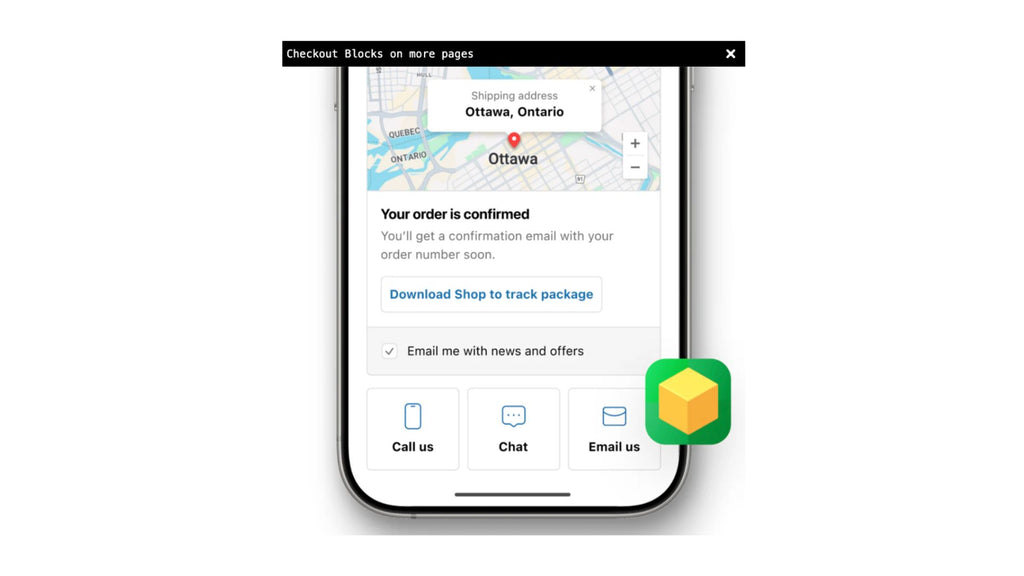
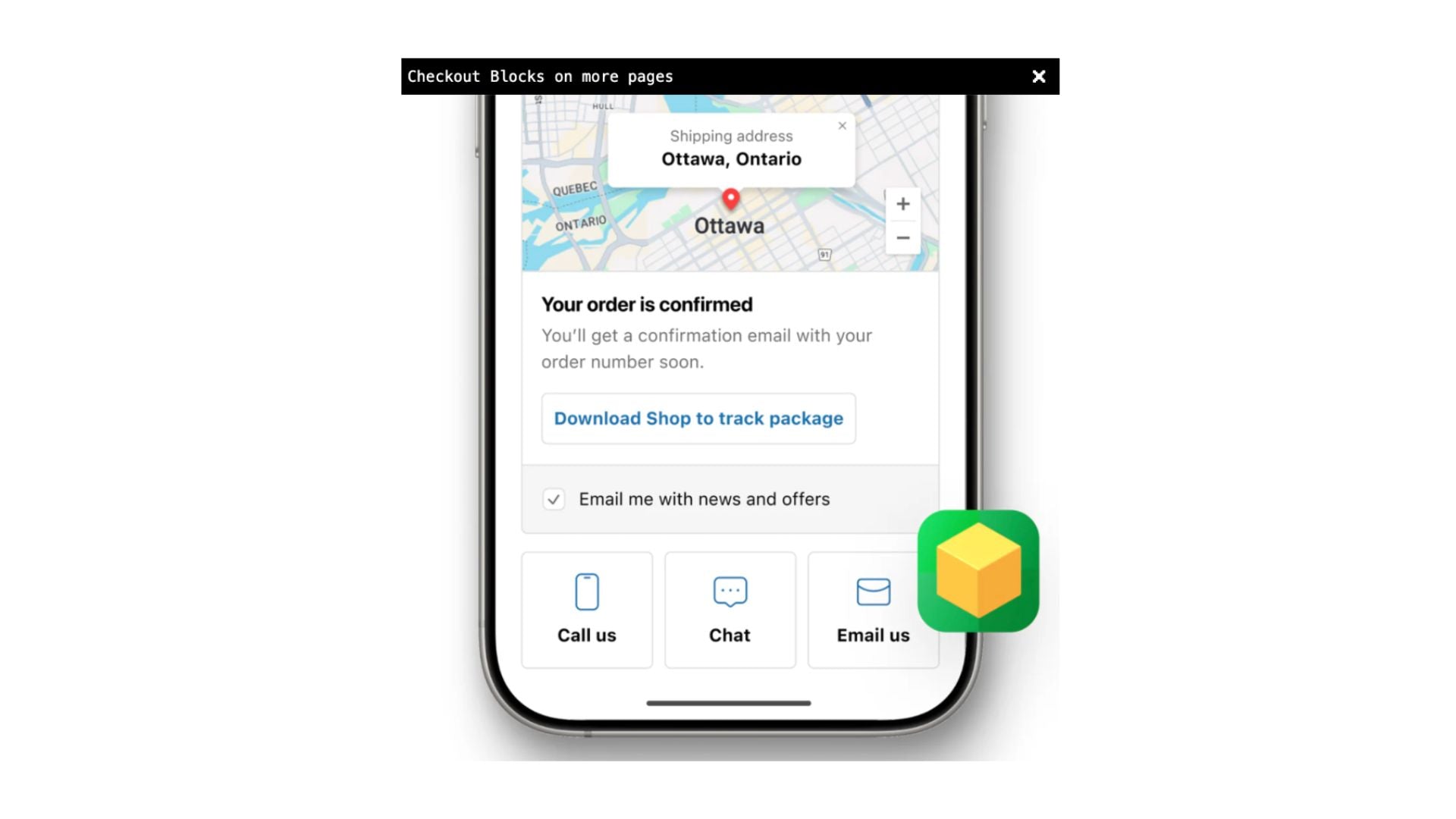
The issue:
Site speed isn’t just about convenience—it’s about conversions. A single second faster can boost mobile conversions by up to 27%, while 79% of shoppers won’t return to a slow site. Slow carts and checkouts mean frustrated customers, abandoned sales, and missed revenue.
The update:
"The industry is craving simplicity and efficiency. Shopify is responding by doubling down on the essentials, giving merchants the stability they need to focus on the big stuff."
The issue:
How much time do you spend trying to get the answers you need or automating repetitive tasks? For many merchants, the lack of clear, actionable data or automation tools leads to inefficiencies that stall growth. Add the complexity of managing multiple markets, and you’re often left juggling too much with too little help.
The updates:
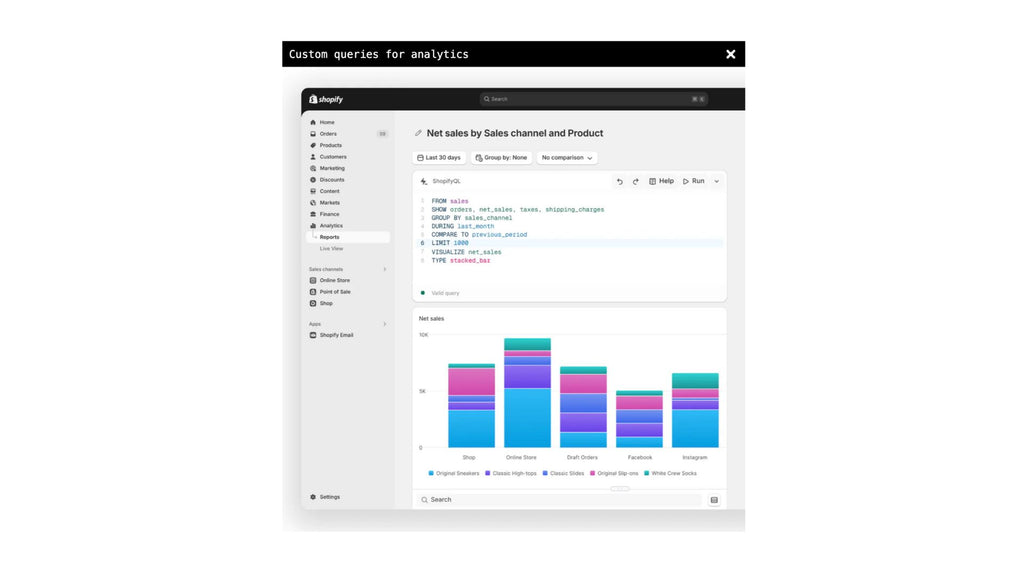
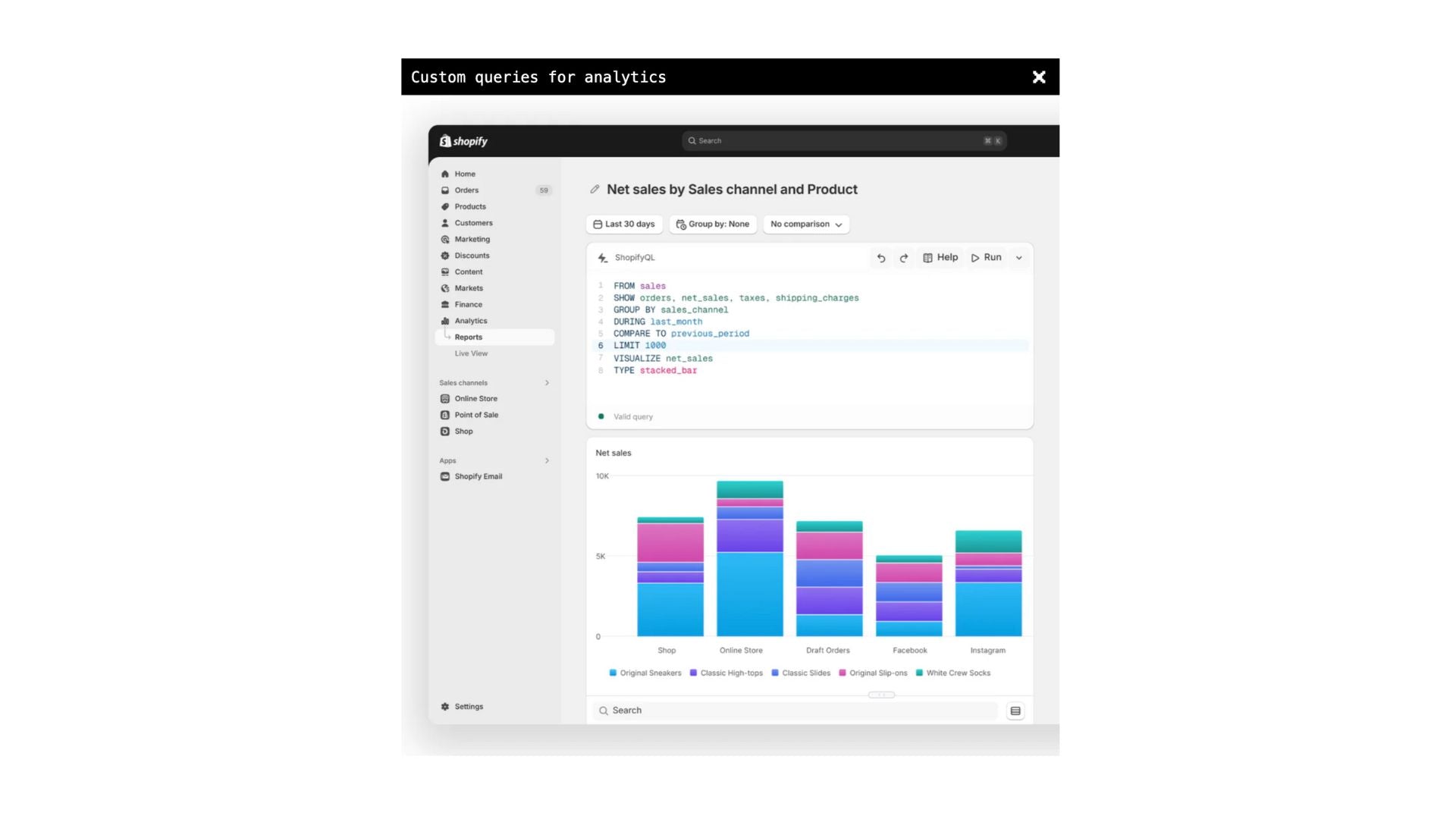
The issue:
Unified commerce is the future, but achieving it isn’t always easy. Fragmented processes, from draft orders to in-store returns and inconsistent customer data, make it hard to deliver a cohesive experience. For merchants juggling these channels, the challenge lies in unifying workflows to boost efficiency and meet customer expectations everywhere.
The updates:
These are just a few of the POS updates included in this edition, underscoring Shopify’s commitment to becoming the leader in unified commerce. We’ve chosen these highlights, but the overall advancements reflect Shopify’s focus on streamlining in-store and online operations for merchants everywhere.
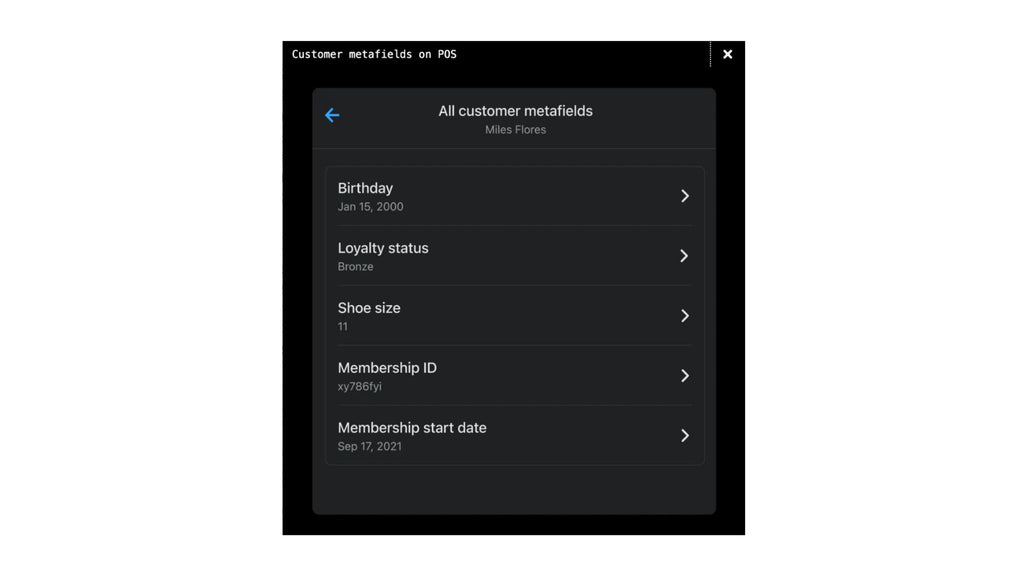
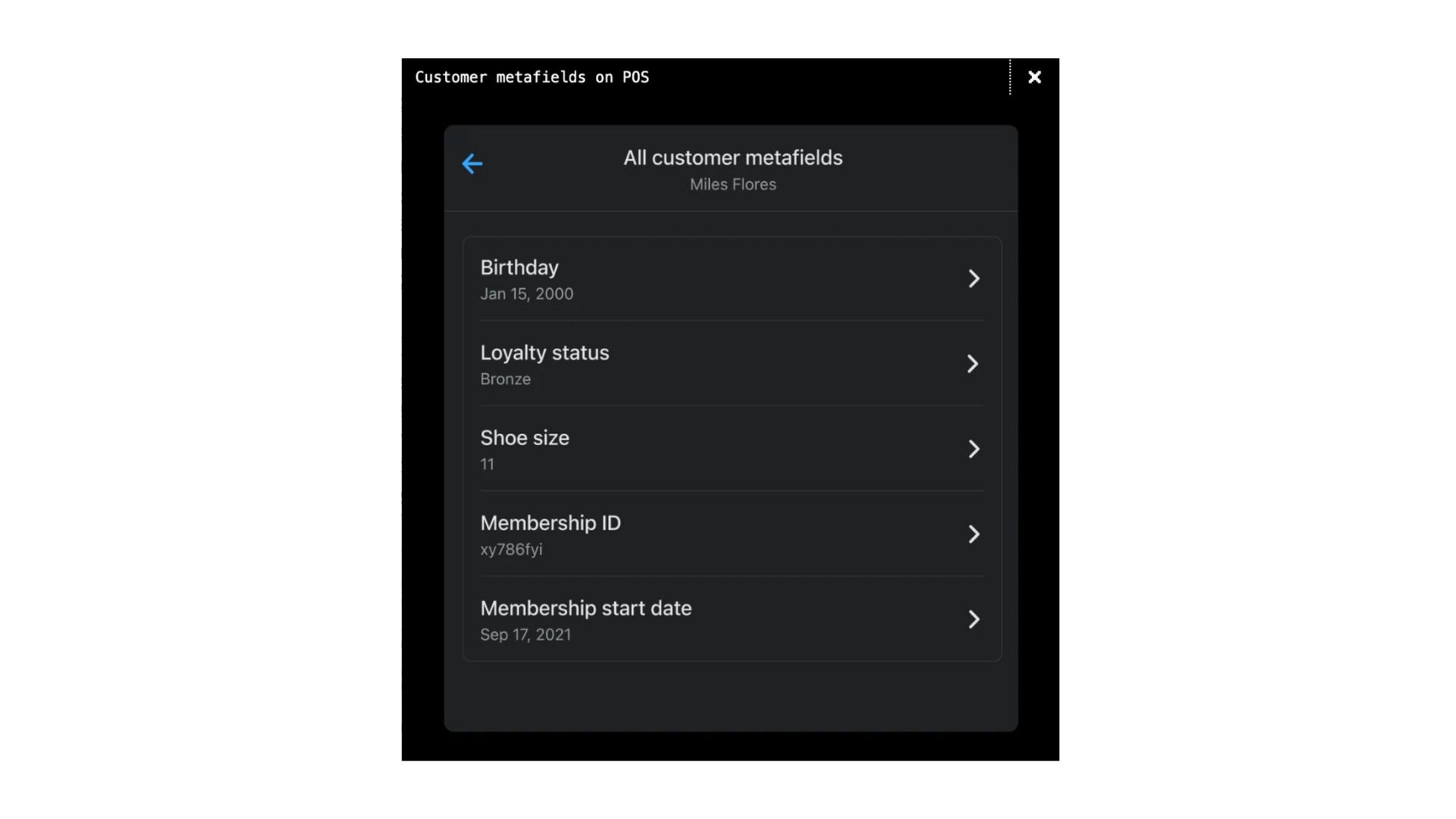
Here’s the thing about conclusions: they’re usually a polite way to say, “The end.” But since this is The Boring Edition, we’re cutting out the unnecessary to focus on what works. You’ve got the insights, the updates, and the fixes—so we’ll skip the usual wrap-up and leave you with this: boring works. And when boring works, your store thrives. That’s it. No fanfare, just facts. Now go make your store simpler, faster, and a little less boring.
Next year, we’re turning 'The Boring Edition' into a live conversation. At our Ask Phill & Friends event, Shopify will join us to break down the latest updates alongside industry leaders unpacking 2025’s biggest topics in tech, strategy, and retention.
It’s your chance to discover how these updates can transform your business and connect with the people shaping the future of commerce. Follow us on LinkedIn or sign up for our newsletter below for all event details coming soon!
Do you want to
stay updated?
Yes

Klaviyo Vol 5: Solving Localised Double Opt-In at Scale
Klaviyo Vol 5: Solving Localised Double Opt-In at Scale

The gap is widening
Shopify Winter '26 Edition: 10 Reasons Not Being on Shopify Is Now a Competitive Disadvantage

The early-access strategy that increased conversions to 33%
Klaviyo Vol 4: Travelteq’s WhatsApp Advantage
Stay ahead
Subscribe to our newsletter for a roundup of the latest in ecommerce, straight to your inbox.